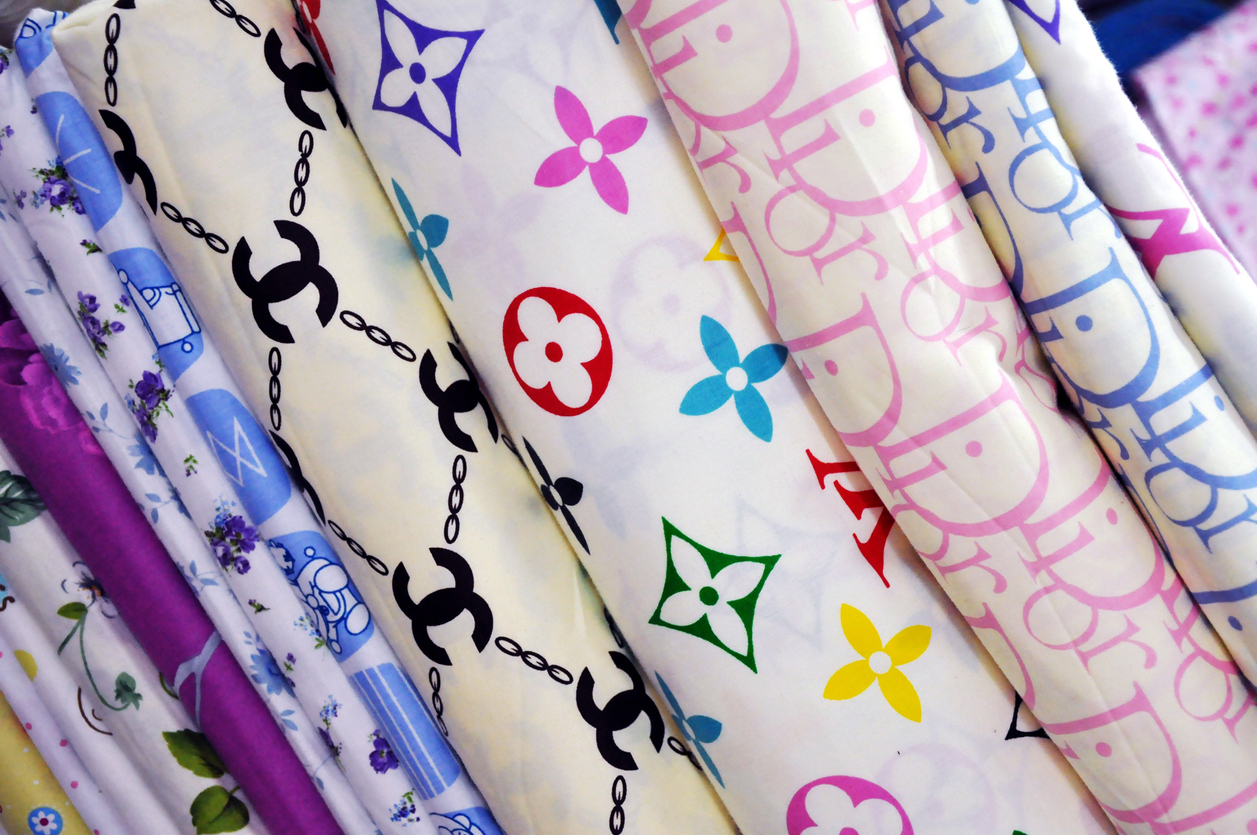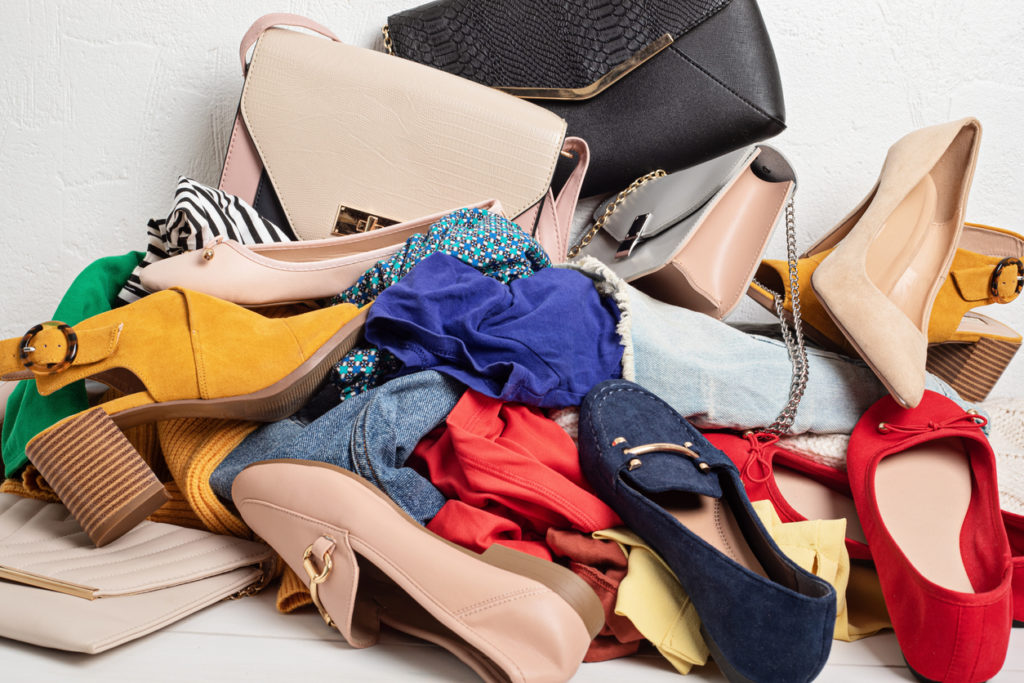
Designer brands have always been associated with status, exclusivity, and high price tags. Handbags that rival the cost of a car and clothing that screams luxury are coveted by many. But what is it about these items that drives people to spend a fortune on them? Let’s delve into the world of designer brands to uncover the truth behind their mass appeal and explore whether their higher price tags truly reflect superior quality.
The Evolution of Fashion in Civilization

The birth of fashion can be traced back to the time of ancient Greeks who adopted clothing from prior civilizations and began streamlining their own cultural style and outfits. Their advancements became widespread trends that were adopted by many other civilizations and cultures of the time. Most notably, most of the historical fashion depicted from this era is derived from the wealthy and upper-class, which already served as a precursor to one of the main roles that modern fashion designer brands would carry on.
The ancient Romans and Egyptians continued the notion that the best-looking and most luxurious fashions were reserved for the most wealthy and those with high status. This seemed like a natural process since the more rare a piece of jewelry, fabric material, or craftsmanship, the more one would have to pay to attain it.
Designer brands that we hear about today, often featured in pop culture entertainment, started as family-run fashion houses in Europe nearly two centuries ago in 1818. Some historians believe that Charles Frederick Worth was the first true fashion designer in the world, and worked from 1826 until 1895. First a draper, he set up a fashion house in Paris and helped guide his clients in their selection and purchasing of clothes.
Bespoke craftsmanship and the use of high-quality materials were central to the beginning of exclusive fashion brands, and this practice still exists today. However, as the fashion industry grew and evolved into a globally competitive business, fashion houses and brands transformed into larger entities, distancing themselves from their humble beginnings.
In addition to being a business, fashion is also considered an art form that allows individuals to express their personalities. Luxury fashion represents the epitome of this art, offering a direct connection to the source of trends. When you purchase from designer brands, you are getting the original and authentic experience, unlike the knockoff versions found in cheaper brands. It’s akin to savoring Italian food in Italy versus settling for all-you-can-eat breadsticks at Olive Garden.
Designer Brands vs. Fast Fashion

Beginning with brands like Zara and H&M, fashion that mimicked high-end luxury brands became more accessible to general consumers of every budget level. As these two brands grew in success, they evolved into their own label with plenty of original pieces and collaborations along with their fast fashion strategy and affordable value.
2023 has seen the overwhelming success of a new fast fashion brand that prioritizes quantity and cheap prices above all, and that company is known as Shein. They originally started out as an online shop for wedding dresses, but with their almost unparalleled access to Chinese production, they have risen to the top with their aggressive TikTok marketing collaborations. There are many drawbacks, controversies, and concerns with this type of business model, and American culture is responding as Shein is quite possibly the most successful fashion brand today after generating $15.7 billion in 2021 and $30 billion in 2022.
Designer brands and fast fashion may seem worlds apart, but they have become more similar in recent years. Designer brands release exclusive collections a few times a year, whereas fast fashion brands churn out new items every week or even every day. Despite their differences, luxury brands need to differentiate themselves from fast fashion to cater to the desires of elite shoppers.
The age-old defense of designer brands is that their higher prices reflect superior quality and craftsmanship, implying that their products last longer. However, the reality is that there is now less emphasis on quality and design elements than there was in the past. Competition from fast fashion has influenced the luxury fashion industry, blurring the lines between the two.
Ethics and A Sustainable Future
While luxury brands may appear to hold better ethical standards than fast fashion brands, the truth is more complicated. High-end brands have been called out for paying low wages to garment workers, just like their fast fashion counterparts. The illusion of exclusivity and prestige often masks the exploitation happening behind the scenes.
In recent times, there has been a rise in small-scale fashion labels that prioritize sustainability and craftsmanship. These emerging brands, often launched by creators and entrepreneurs on platforms like TikTok and YouTube, aim to offer well-made and ethically produced clothing. Supporting these companies can provide an alternative to the traditional designer brands and contribute to a more sustainable fashion industry.
Conclusion – Rethinking the Value of Designer Brands
The allure of designer brands may be deeply ingrained in our culture, but it’s essential to question the true worth of their high price tags. While some may genuinely appreciate the artistry and craftsmanship behind luxury fashion, the reality is that the prices often reflect status and prestige rather than exceptional quality. As consumers, we have the power to reshape the fashion industry by supporting sustainable and ethical alternatives.
